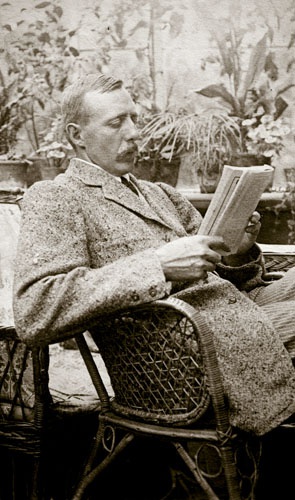Research Portfolio | Literature + HyperStudio
Why was the Victorian serial novel such a great success?
Victorian novels, released as weekly or monthly serials, could take more than a year to read. They were savored, shared and discussed publicly. HyperStudio and the Literature Section have teamed up to offer a glimpse into this engaged, social world of reading through the Serial Experience Project.
The Serial Format
Modern readers of Dickens are typically introduced to the most popular English novelist of the 19th century through one of a dozen or so thick paperbacks. With tangled plots and a surfeit of adjectives, such novels can seem daunting. Yet these were among the most popular entertainments of their time.
Released in serial format once a month or once a week, the novels were cheap and accessible—analogous to today’s best serial TV shows. Victorians of all classes read them aloud in groups and passed the pages from hand to hand.
The Serial Experience Project
What would it be like to read novels this way? HyperStudio and the Literature Section have teamed up to find out, providing access to full facsimiles of original 19th century English serial novels through the Serial Experience Project.
The Victorians and "Viral Marketing"
“Serials encourage a different social engagement with books,” says Literature Professor James Buzard, who is spearheading the project. The gaps between installments allowed time for what today would be called “viral marketing,” as readers publicly shared their views with each other and the author as the novel progressed.
Students Making Connections
Buzard, who assigns Dickens novels in installments for his Victorian Literature and Culture class, has seen the effort pay off. “One of the things I like about this method is that the students start to make connections with their other reading,” he says.
The Serial Experience Project website will make it easy to see connections by including a timeline of serial releases showing how major works overlapped. Users will also be able to annotate, tag, and collaborating on documents—providing new perspectives.
Open Access to Rare Documents
But first and foremost, this site will provide open access to documents now rarely seen, even by scholars. “The experience of this object, including illustrations and ads, is just irreplaceable,” Buzard says.
For more information, visit
Literature
HyperStudio
The Serial Experience Project
Literature Faculty: Professor James Buzard
